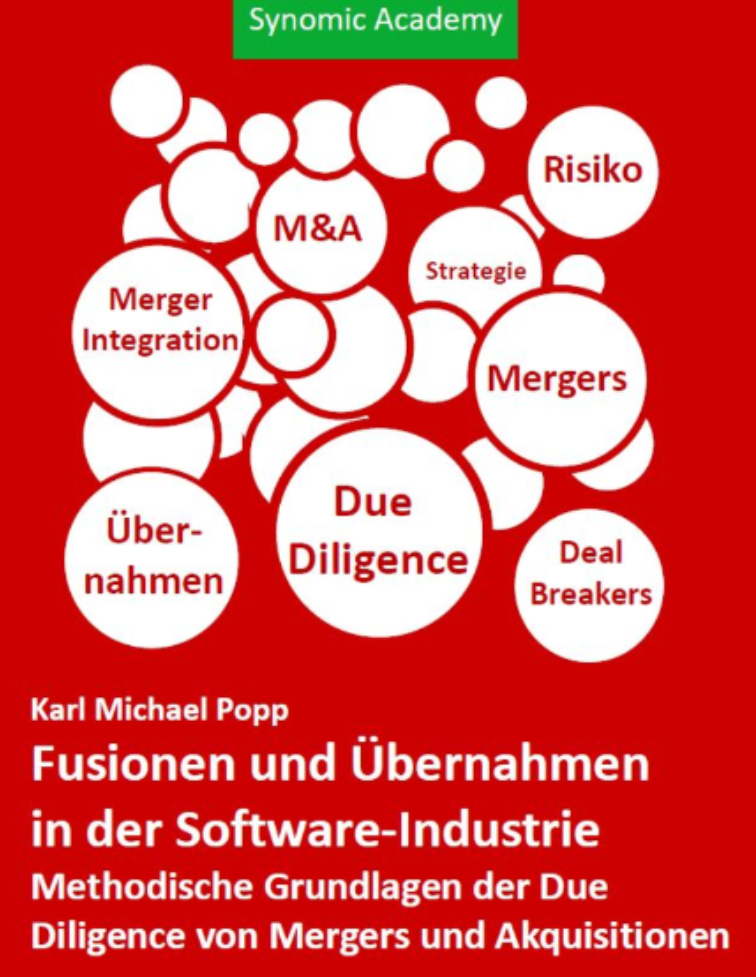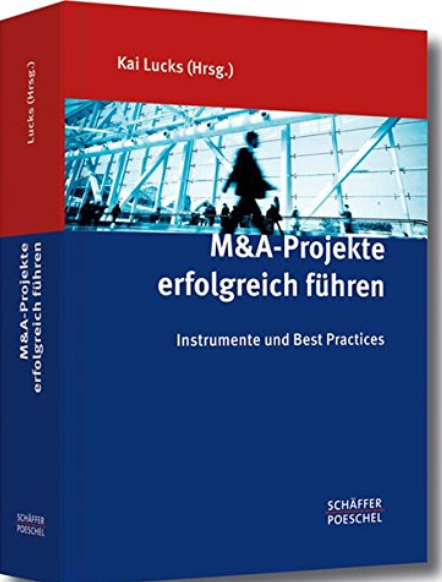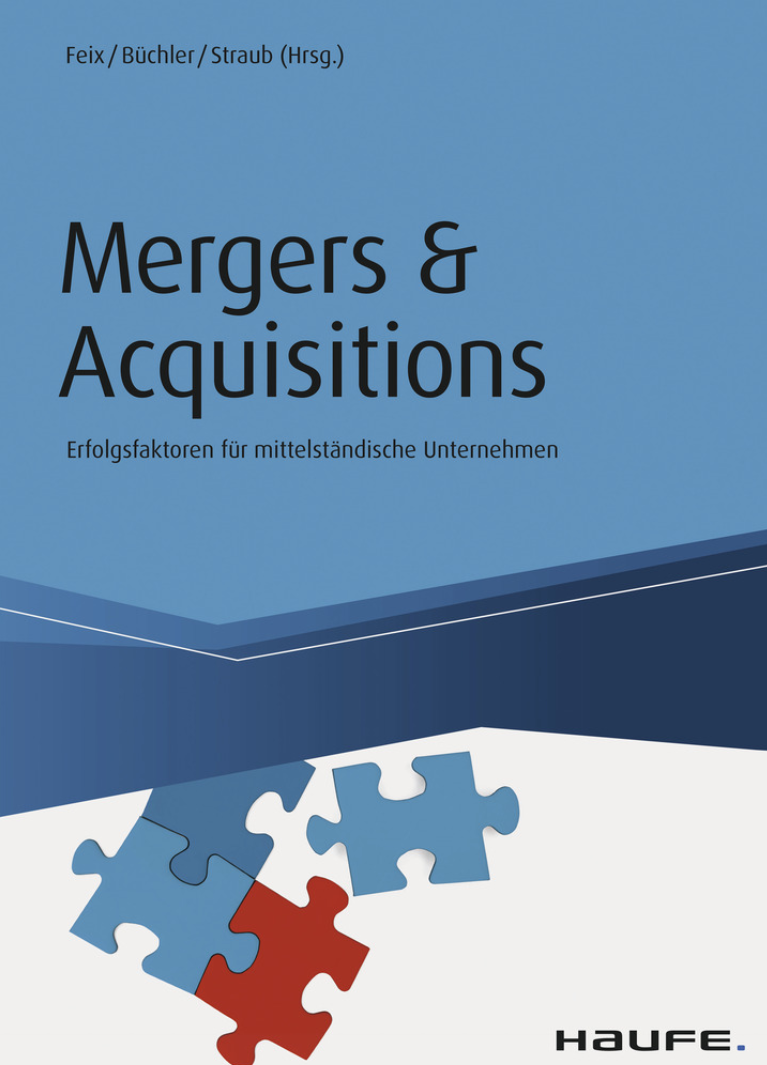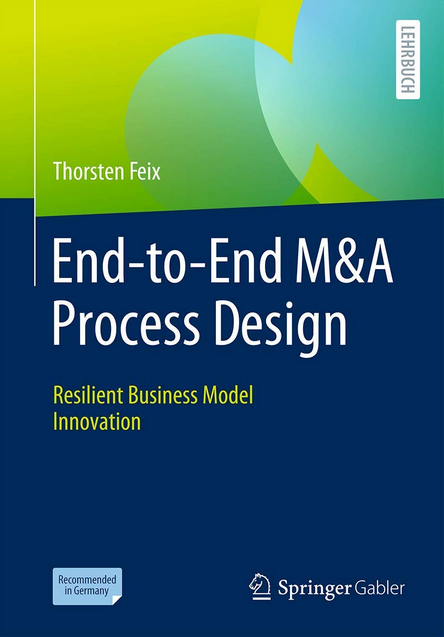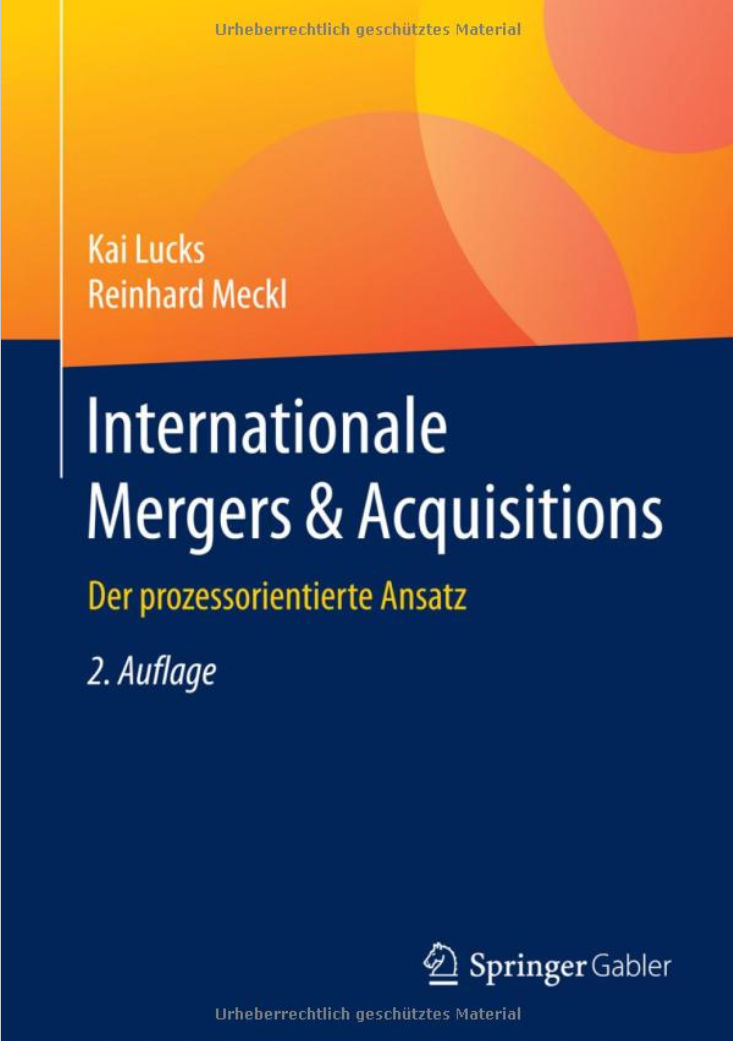Merger integration success based on best practices
With all the mergers and acquisitions activity going on in the markets, it is paramount to perfectly manage the planned integration of targets into the acquiring company.
The integration strategy and the integration approach is different for each merger and each merger has different synergy objectives.
This page is meant to shed light on recent state of the art knowledge and business practices for post merger integration. It tries to structure the problem and thus to provide a way to find the best approach for post merger integration.
When to start with merger integration related tasks
We introduce merger integration due diligence as a new type of due diligence that arises from the objective “Maximize likelihood of integration success”. See the separate page for this topic.
Like my thoughts? READ MY NEW BOOK
ORDER AT AMAZON
ORDER IN GERMANY
The task of post merger integration
An important ingredient in acquisition strategy is how you integrate the acquired company. Let us describe the task of post merger integration with goals and objectives. You have to think well about goals and objectives, since these will define what is being done through merger integration.
The goal of post merger integration is to plan and execute the integration of two businesses. WIthin each business, there is an organization and there are many processes, which are to be aligned and/or integrated.
Objectives of the merger integration task are:
Maximize likelihood of integration success: each merger integration tries to reach successful completion meaning that there is no failure of the integration.
Continue target operations: in most cases, it is important to not interrupt the target operations with merger integration activities.
Fit integration type: there are different ways to integrate two companies, which are determined in the integration strategy. more information about merger integration types can be found here: Merger Integration Types
Fulfill synergy objectives: every merger has synergy expectations and objectives. Merger integration is targeted at creating such synergies.
Here is more important knowledge for you:
Decomposition of the merger integration due diligence task
There are three subtasks: designing the new entity, planning merger integration (project) and executing merger integration project.
The first two should be started during due diligence to ensure merger integration success
You will find more details on merger integration due diligence in my books.
The four Merger integration Types
In the high level model above, you end up with four generic types of post merger integration:
Preservation: The target company is preserved meaning that you leave the target company autonomous. Nevertheless, integration of financial reporting and financial processes might make sense.
Holding: The acquiring company just keeps the ownership of the target company, but does not integrate the target company.
Symbiosis: In this merger type, you decide where integration is needed to reach the objectives of the merger integration.
Absorption: the acquiring company fully absorbs the target company. All organizations and processes of the target company are to be fully integrated into the acquiring company.
What are success factors?
Success factors influence the success of a merger integration project. Success factors can be described by:
influenced object (employees, revenue stream, timeline)
effect (retention of employees, more revenue,faster completion)
measures to support (increase salaries, hire salespeople, provide more budget)
tracking, e.g. by Key performance indicators (employee number retained, revenue, progress of project)
What are success factors in merger integration?
By looking at a large number of successful and non-successful merger integrations you can identify the following success factors for merger integrations. The success factors are classified to be:
within the acquiring company,
within the acquired company,
between the companies,
in the business case for the merger,
environmental factors.
Here is more important knowledge for you:
Factors within the acquiring company
M&A capability maturity
How well can the acquiring company integrate a target? it goes in three dimensions: number of people in corporate functions, amount of M&A experience in the acquiring company, number of dedicated M&A resources. for more information click here.
Integration plans in place before close
Semper preparatus. you cannot execute when you have no plan to execute, it is simple but true and holds for acquisition integration, too.
Blueprinting workshop in place before close
If possible, you should work with the target to check your integration plans and create a joint plan. the advantage is buy-in from the target and you save time to discuss and agree on plans post close.
If you like the content of this page, you like the following content:
Like my thoughts? READ MY NEW BOOK
ORDER AT AMAZON
ORDER IN GERMANY
Here are more books on automation of M&A
Join the M&A Community for more information
Sign up for our email newsletter to keep you up to date on M&A-related topics, books and events. No spam ever.
By submitting this form you agree that we will store personal information for newsletter purposes.
Find more information in the following books
More books in German












